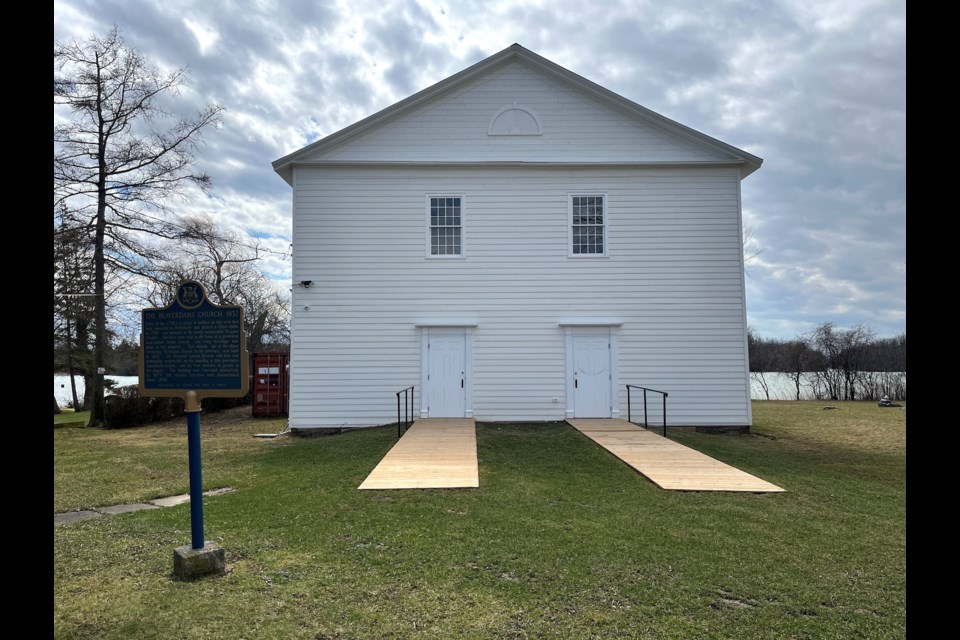Back in 2014, a group of motivated Thorold residents bought Beaverdams Church from the City of Thorold. Since then, the 'Friends of the Beaverdams Church' have been hard at work restoring the building to its former glory.
“It’s going to turn out to be an excellent performance space,” says the president of the Friends group, David Cowan, while showing off the work-in-progress to ThoroldToday. “We’re restoring it with the original interior, which means it’s two storeys high, so the acoustics are going to be excellent when we’re done.”
After focusing the last eight years on the exterior of the old Methodist church, the Friends group has now started tackling the interior.
“So far we’ve removed the false ceiling that was there for 140 years, which opened up the interior to the curved ceiling,” says Cowan. “What we plan for this year will be to drywall and plaster the interior, and the place has to be wired as well. Then, of course, the paint and the finishing will follow that. We’re not sure of the timeline but we’re guessing within the next couple of years we’ll have it open in some sort.”
The restoration of Beaverdams Church was necessary because the building, situated on the shore of Lake Gibson, was built 190 years ago.
“It has a lot of historical importance,” Cowan says. “It was built by a somewhat unusual group of people because they came from New Jersey. They were more or less expelled from the New England states after the revolutionary war. They went across New York State and settled in the Thorold area around the 1790s. They met in each other’s houses for the religious observances until they were finally able to build a church in 1832.”
There’s only one other building in Ontario that looks like Beaverdams Church, according to Cowan.
“The architecture is called ‘New England Meeting House,’” he says. “If you go down to Massachusetts, Connecticut, and Upper New York there are a lot of churches that do look like that, but none in Ontario. It is a clapboard construction, two storeys, very simple design. It is worth keeping just because of the architecture.”
To preserve the building's rich heritage, Cowan says the Friends group is taking a calm and steady approach to restoration.
“Each step of the way gives us the energy to go on to the next step,” he says. “We are subject to the amount of money in donations that come in at a given time. So far it’s out worked out really well. A lot depends on the availability of contractors and things like that.”
What will happen to the building once it’s completely restored?
“It will be a performance space as well as a community space,” says Cowan. “It will be multi-use. The most important thing for us is to make it is useful for the community.”
